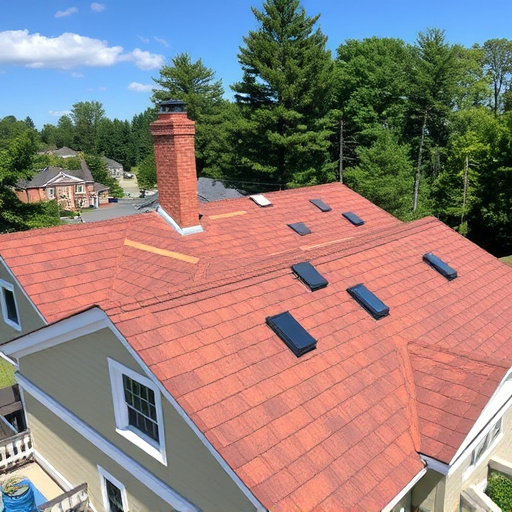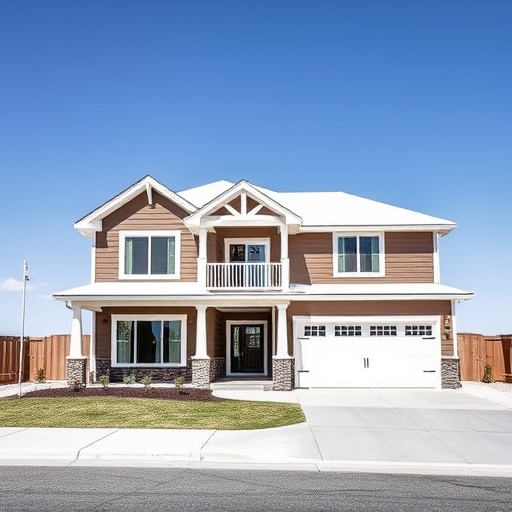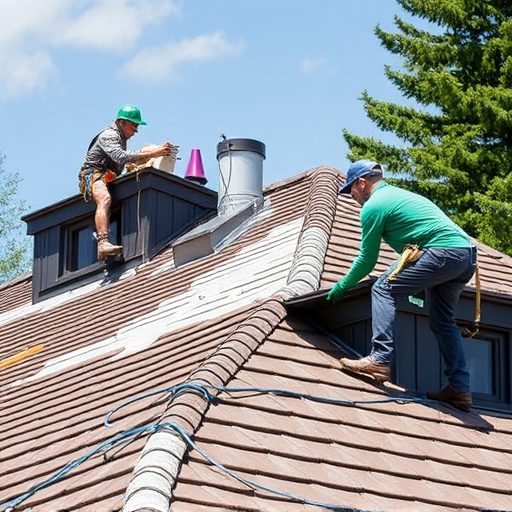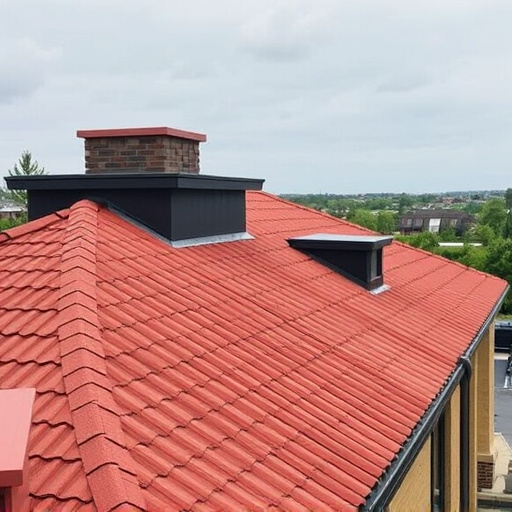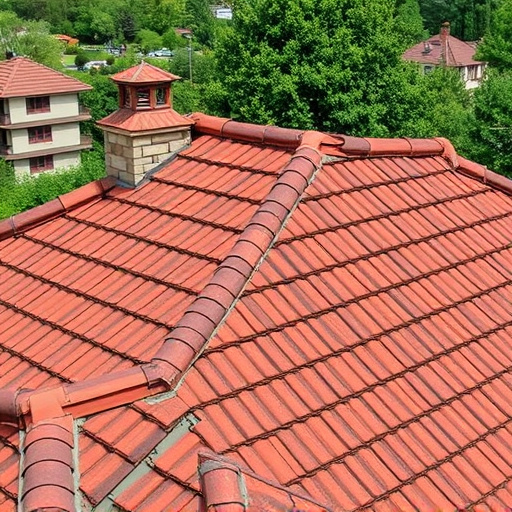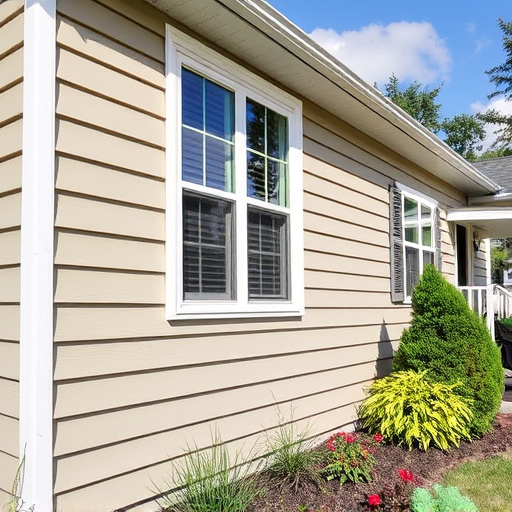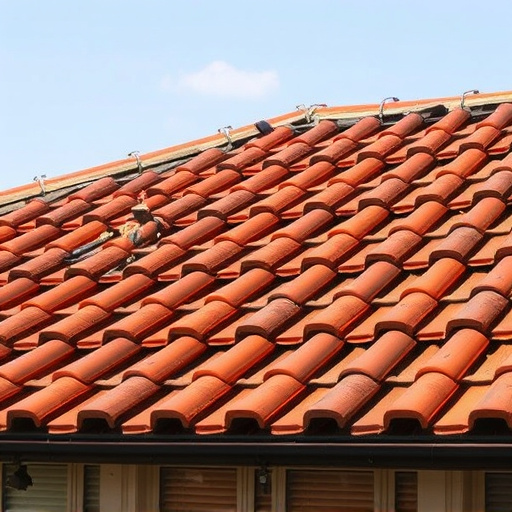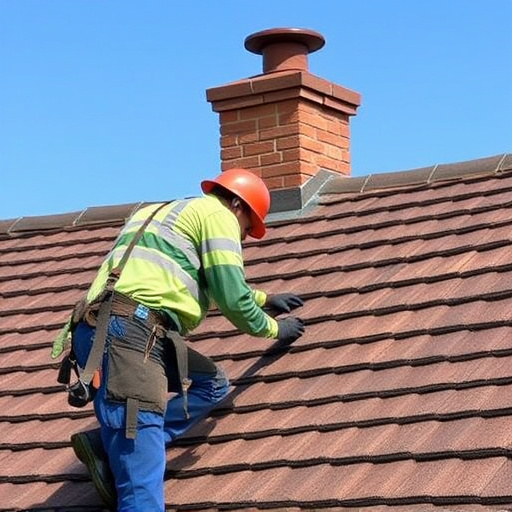Regular roof maintenance involves routine visual inspections to detect wear and tear, especially in vulnerable areas like eaves, gutters, chimneys, and slats. Look for missing shingles, damaged flashing, siding issues, and signs of moisture intrusion; address these immediately to prevent further damage and extend the lifespan of your roofing system, saving costs on future repairs.
Roof maintenance is crucial to preserving your home’s integrity. To identify weak spots, you must first inspect it for signs of damage, common problem areas, and material wear and tear. By understanding these key aspects, you can proactively address issues before they escalate, ensuring the longevity and safety of your roof. This guide will walk you through each step, providing practical tips for effective roof maintenance.
- Inspecting Roof for Signs of Damage
- Identifying Common Problem Areas
- Assessing Material Wear and Tear
Inspecting Roof for Signs of Damage
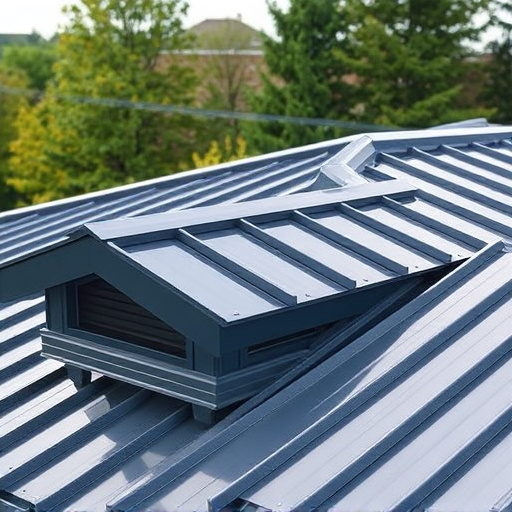
When conducting roof maintenance, closely inspecting your roof for signs of damage is an essential step. Start by visually examining the overall structure and appearance of your roof. Look for any missing or damaged shingles, as this could indicate exposure to harsh weather conditions or potential wildlife activity. Check for loose or curled shingles, which may signal wear and tear or moisture intrusion. Pay attention to areas where flashing (the material that seals joints) is broken, corroded, or missing, as these issues can lead to leaks.
Don’t overlook the importance of checking for damage to roofing and siding. Commercial siding, in particular, requires regular maintenance to ensure it remains intact and weatherproof. Inspect the edges of your roof where it meets walls and chimneys, as well as any vents or exhaust fans. Look for signs of moisture buildup or stains that could suggest leaks. Regularly assess these areas during roof maintenance to prevent small issues from escalating into costly repairs. Remember, addressing weak spots early through roofing services can extend the lifespan of your roof.
Identifying Common Problem Areas
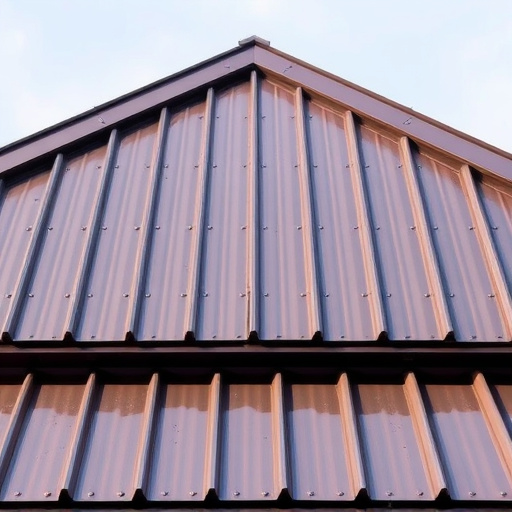
Roof maintenance involves regular inspections to identify and address potential issues before they become major problems. Common problem areas include eaves and gutters, flashing around chimneys and vents, and slats or missing shingles. These areas are particularly vulnerable to water penetration, which can lead to mold, mildew, and structural damage over time. During roof maintenance checks, it’s crucial to pay close attention to these zones, ensuring proper sealing and alignment.
Regular wear and tear, extreme weather conditions, and age contribute to the deterioration of roofs. Signs of weakness may include discolored or curled shingles, cracked or broken tiles, and visible damage to the underlayment. Additionally, siding replacement might be necessary if the exterior cladding shows significant wear, ensuring not just aesthetic appeal but also protecting the structure from the elements. Prompt addressing of these weak spots through professional roof repair services can extend the lifespan of your roofing system, preventing costly repairs in the future.
Assessing Material Wear and Tear
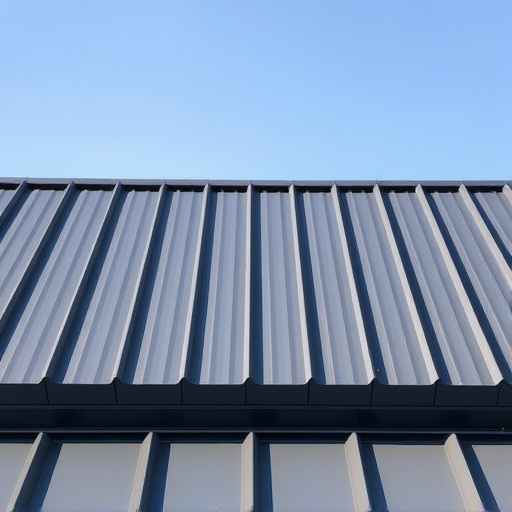
During roof maintenance, assessing material wear and tear is a critical step. Start by visually inspecting the entire roof surface for any signs of damage or deterioration. Look out for missing shingles, cracked or curled roofing materials, as well as loose or damaged flashing around chimneys and vents. These are clear indicators of potential weak spots that require immediate attention.
Focus on high-traffic areas and places exposed to extreme weather conditions, such as valleys and ridges. In commercial roofing, siding installation might also be a factor, so check for any signs of moisture intrusion or siding damage. Regular roof repair and timely replacement of worn-out materials are essential to prevent further damage and ensure the longevity of your roof.
Regularly identifying weak spots during roof maintenance is key to preventing serious damage. By thoroughly inspecting your roof for signs of damage, understanding common problem areas prone to wear and tear, and assessing material degradation, you can catch potential issues early on. Armed with this knowledge, proactive roof maintenance becomes manageable, ensuring the longevity and structural integrity of your home’s most vital protective barrier against the elements.






